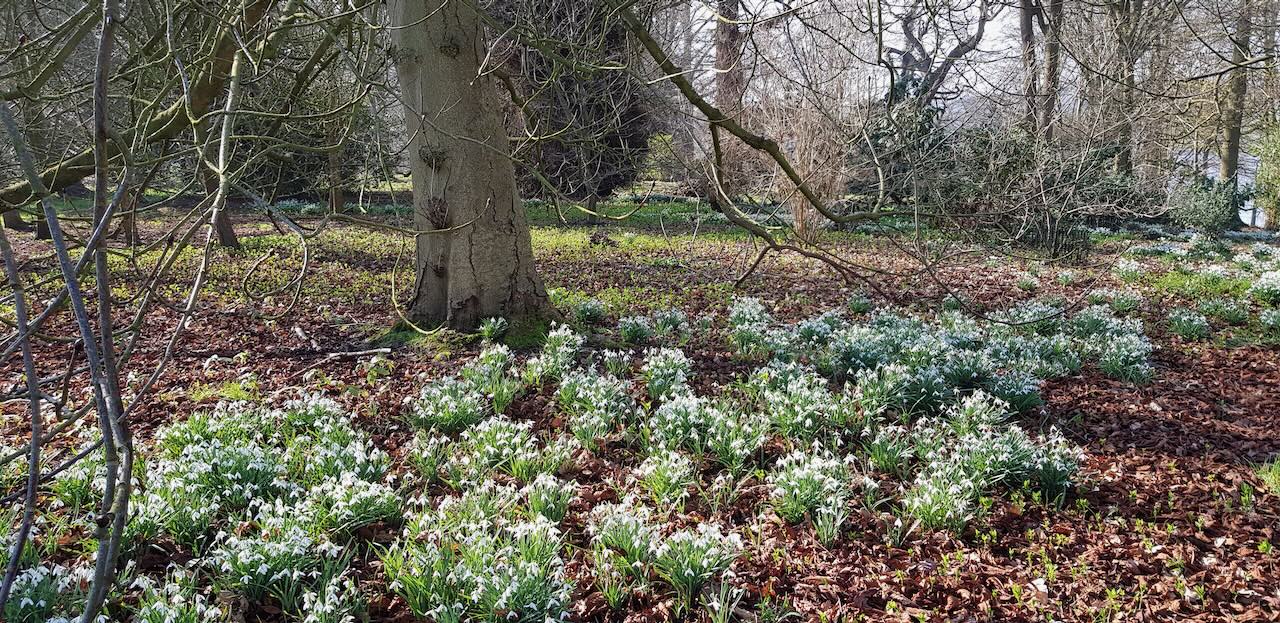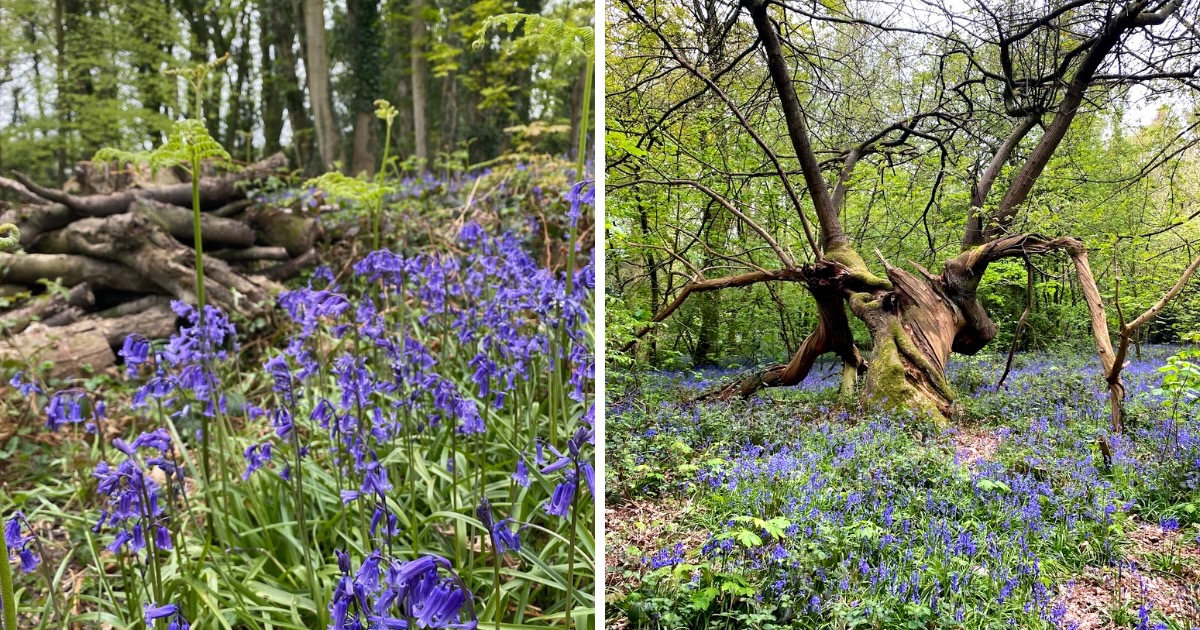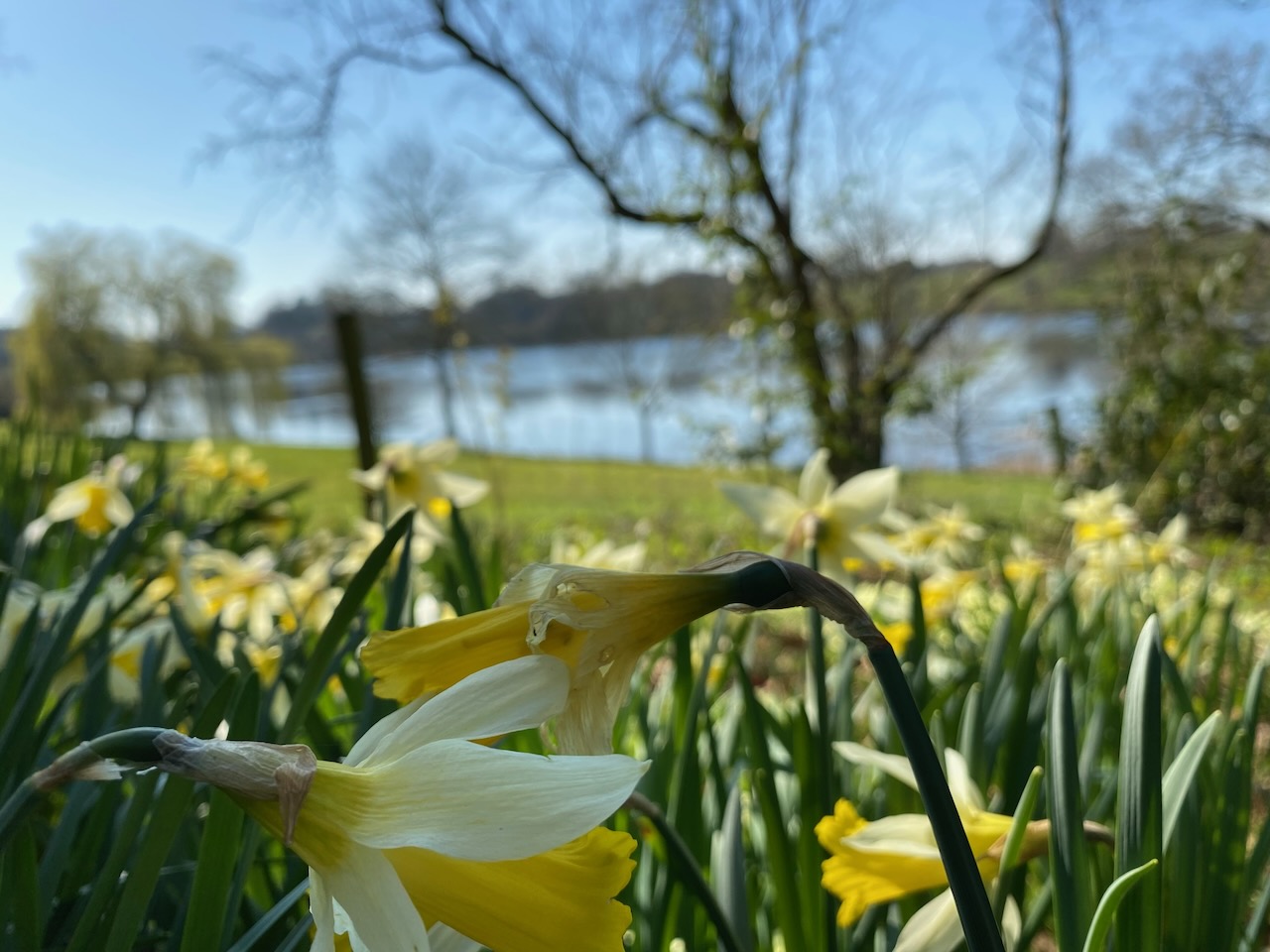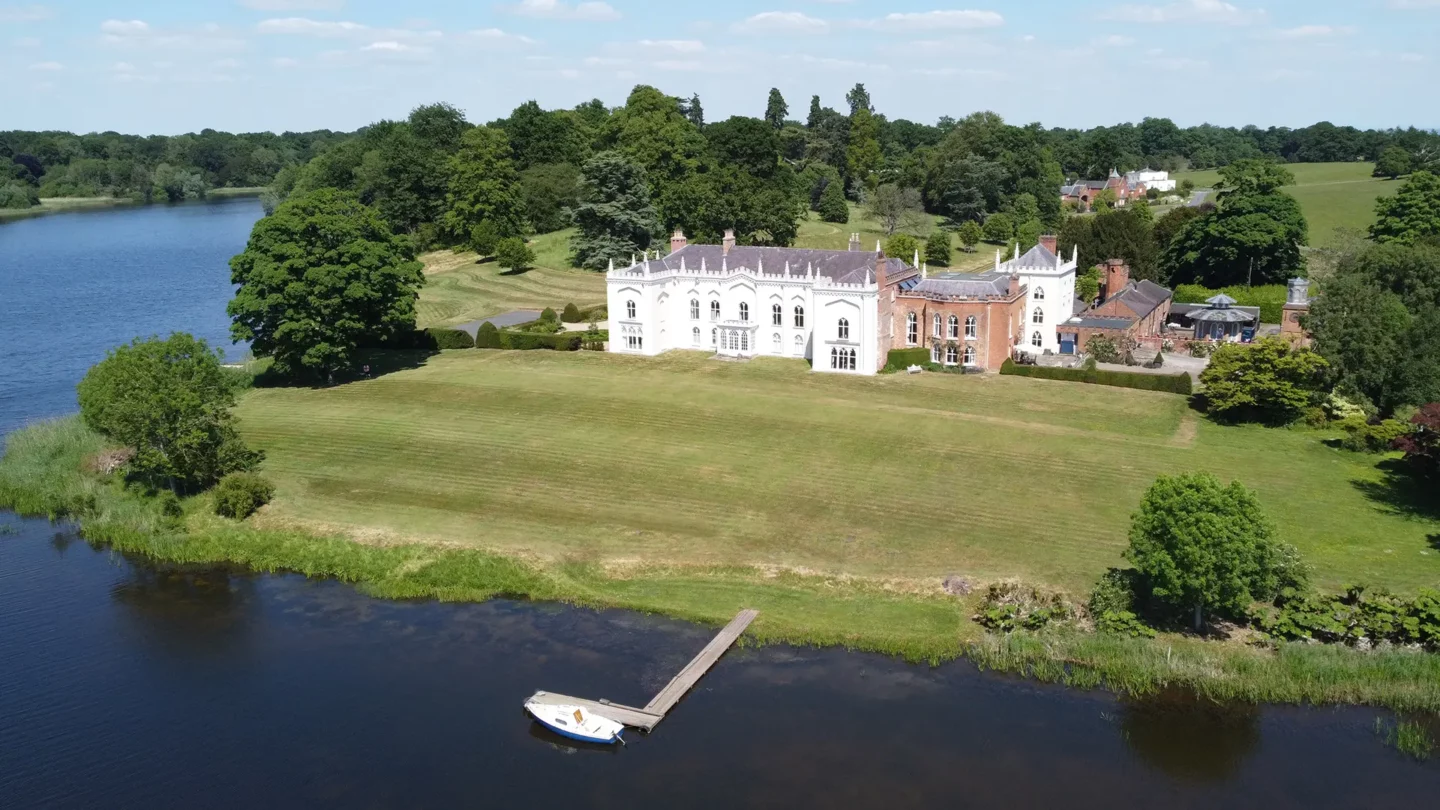Previously…

Myths & Legends Of Wildflowers On Our Estate
Estate – 09.03.23
Mother nature is part of Combermere’s DNA and all year long she offers us presents of wildflowers-a-plenty with each changing season. So a stroll through our gardens and woodland is wonderful no matter when you come to visit.
Our holiday cottage and B&B guests can enjoy our woodlands all year round, but we also open up our grounds to the public for our annual Bluebell Walks for a few Sundays a year. It’s just too special not to share!
There are four particular wildflowers in the late winter and early springtime: snowdrops, primroses, bluebells, and daffodils. All are uniquely marvellous. All with different meanings. Today, as we begin the countdown to our first Bluebell Walk of the year, we thought we’d take a closer look into the wildflowers on our estate and the myths and legend behind them. Why indeed we’ve been gifted them here at Combermere Abbey – and what it all means.
Snowdrops
The first wildflowers to emerge in late winter are snowdrops, appearing in the woodlands in January for about six weeks before they make way for other blooms. We have displays of snowdrops throughout the Garden Wood, Pleasure Garden and Pempe’s Pavilion. and we get excited seeing them every year as it’s our first indicator that spring is on its way.

This delicate painterly flower is said to be a symbol of hope. How very fitting as we enter another year and period of new beginnings! According to legend, the snowdrop became the emblem of optimism when Adam and Eve were expelled from the Garden of Eden. When Eve shared a despairing thought that winter would never end, an angel appeared. She transformed some of the snowflakes into snowdrop flowers, proving that the harsh cold
does eventually give way to spring. This season is one of our favourites at Combermere, watching the gardens come to life and hearing the birdsong return in full harmony – so this sign that spring is dawning is a very welcome one indeed.
Primroses
The primrose is one of the first flowers to bloom in spring. Its name actually comes from the Latin word ‘primus’, which means ‘first’. So, many believe that it has a meaning of youth, renewal, and optimism and even first love. Its gentle yellow flowers poke out from the woodland floor and shine a ray of colour in early spring.
Bluebells
Our woodlands are transformed into a stupendous blanket of blue each year at Combermere. There are many natural wonders here, but these native British wildflowers are our favourite… Hence our yearly Bluebell Walks! There are hundreds of thousands of these little flowers throughout the woods, many of which can be enjoyed along our Woodland Walk open to guests. They also make for a perfect photo backdrop – as our visitors demonstrate.

In folklore, ‘blue bells’ were said to be rung by fairies to summon their fellows to a gathering. But if a human heard the sound, it would be their death knell. Due to this, it’s considered bad luck to trample a bluebell patch as you may upset any fairies underneath! A fair warning to protect our lovely nature and wildlife if we do say so. According to The Hazeltree, there’s also an interesting belief that wearing a garland of bluebells will induce you to speak only the truth. What do you think?
Daffodils
A trusted friend at Combermere Abbey is indeed the daffodil. They reappear each year without fail and can be spotted across the estate, even down by the mere. Daffodils are a spritely sign of spring that last a long time – very welcome as we see yet more colour coming up in the grounds.

In folklore, daffodils are not only considered a sign of love and fertility, but they are also thought to be lucky. Here too is a tradition that if you make the deliberate effort not to step on them and crush them, fortune will favour you. There’s a theme running! There are also a few other fun myths surrounding this flower, including if you give someone a gift of daffodils, they’ll have good luck (but it must be a full bunch) and in parts of the British Isles, including in Wales, it’s sometimes said that if you’re the one in your neighbourhood who spots the first daffodil of spring, it means that you’ll see far more gold than silver come to your home over the coming year. Wonderful.
See Wildflowers At Combermere Abbey
If you’d like to celebrate spring with the first sign of wildflowers or try your hand at being the luckiest neighbour of the year by espying a daffodil, then why not book a short break at Combermere? Soak up our grounds and all its spring offerings as we head to a warmer, brighter time of year. Our woodland walk is always open to private guests of the holiday cottages and North Wing.
Or if you’d simply like to visit for the day (keep a watch out for fairies!) then look at tickets for our Bluebell Walks, which are running over only 3 Sundays this year. The sessions take place in the morning and afternoon. Don’t forget to send us your photos as we LOVE to see them.

